
EXPERT opinion differs on the percentage by which Qatar’s economy would expand this year.
However, no one disputes that Qatar will be the Gulf’s best performer in 2009.
“Qatar is the fastest growing economy in the Gulf region and has so far managed well the impact of the global financial crisis,” the IMF said.
Standard Chartered expects the country’s economy to expand by about 8.5 per cent, the Institute of International Finance (IIF) has set a figure of nine per cent in real terms, while others such as the Saudi Arabia-based Samba Financial Group predicts a growth of 10.3 per cent.
Capital Intelligence believes the threat posed by the global economic downturn to Qatar’s AA- (AA minus) sovereign rating is low and the long-term outlook for sovereign creditworthiness remains stable.
This is because the nation, one of the top three gas producers in the world, can bank on the gas windfalls that have enabled it to invest in infrastructure development and construction projects. The country has the world’s third-largest natural gas reserves after Russia and Iran and hence has considerable development potential. Already the world’s biggest producer of liquefied natural gas, Qatar plans to more than double output to 77 million tonnes a year by 2012 for export to Europe, Asia and the US. The nation has also wisely invested in developing a sound petrochemical and industrial base.
Minister of State for Energy and Industry, Dr Mohamed Saleh Al Sada, last month pointed out that while “the world as a whole is passing through a period of severe stagnation and recession”, Qatar was “well placed to weather the storm”.
The past year has been one of the best for the construction sector and this year there are big-ticket infrastructural projects on the horizon. These include:
• The estimated $4 billion Qatar-Bahrain causeway (Friendship Bridge), the main construction contract for which was awarded to the Qatari Diar Vinci Construction (QDVC) consortium last May;
• The New Doha International Airport, the costs of which are estimated at between $7 billion and $11 billion, has awarded additional work on the terminal complex and is looking to press ahead with the contract for the north node of the main terminal; and
• The $7 billion New Doha Port project, one of the largest greenfield port developments in the world, which entails the relocation of Doha port to a site outside the capital.
Qatar has been boosting its profile as a logistics hub and a business destination and therefore realises that an efficient transportation network is a prerequisite to achieving its goals. The country is anxious to press ahead with its ambitious road network programme, including 280 km of new primary roads, upgrade of Qatar’s North Road and important links to the airport and the new port.
An indicator of its ambitions to become a meetings, incentives, conferences and exhibitions (MICE) centre is the fact that early this year, Qatar launched work on the landmark $1.2 billion Doha Convention Centre and Tower. Belgium’s Besix in joint venture with the local Midmac Contracting Company was awarded a $40 million contract for the convention centre, which forms part of the mixed-use development. The project also features a 550-m-tall tower that is set to become an iconic landmark, dominating Doha’s skyline when it is completed in 2012. Qatari Diar, which is wholly owned by the Qatar Investment Authority (QIA), is developing the project.
The construction sector is now eagerly awaiting the announcement of the 2009 budget this month, confident that in these difficult times when private sector spending will be curtailed on account of the difficulty in obtaining financing, state infrastructure spending will drive the sector forward. Capital Intelligence indicates that public finances are expected to remain strong, notwithstanding the oil price shock.The 2009 budget is expected to be Qatar’s largest ever, with increased spending on development projects. Assuming an overage oil price of $40 a barrel and broadly unchanged policies, Capital Intelligence expects the central government budget to remain in surplus in the fiscal year ending in March 2010, although the magnitude of the surplus is projected to decline from about 14 per cent of the GDP in 2008/09 to around three per cent.
Infrastructure projects, including health, education and housing, are expected to be accorded priority in allocations on expenditure in the new budget. At least 40 per cent of the budget allocation will be diverted to development projects, according to the Qatar daily The Peninsula.
Also with the financial year drawing to a close in March, many companies will take a close look at the damage they have sustained by the current financial scenario, and will streamline their operations to remain competitive under the current market conditions.
Qatar is expected to take advantage of falling materials and labour costs, especially after suffering the impact of severe shortages and soaring costs barely eight months ago.
“After months of scarcity, Qatar’s construction industry is now well supplied with cement, sand, steel and other materials even as prospects remain bright for lower commodity prices in 2009,” says the Global Investment House’s report on the GCC Real Estate Sector, which was issued last month. However, the country cannot remain immune to the widespread repercussions of the global financial meltdown and inevitably its real estate sector will be hit with the downturn in demand. In addition, the number of international companies willing to invest in Qatar may decline as they find it harder to acquire financing.
Over the past four years, since the introduction of a new real estate ownership law that allowed non-Qataris to own real estate in selected projects, the country has witnessed a boom in the real estate sector. The surging population, a very high per capita GDP and rapid industrialisation, high liquidity have been other factors that have been propelling the sector forward, according to the GCC Real Estate Sector report.
Some of the mega projects that have been launched in the realty sector include the 35-sq-km Lusail City, which includes the $10-billion Energy City that is scheduled for completion next year; $9.6 billion Urjuan; $3.2 billion Al Wa’ab City (sees separate report); $790 million Barwa Financial Centre; the 972-hectare Education City where projects such as the $2.3 billion Sidra Medical and Research Centre and a host of additional colleges are set to take shape and the Pearl-Qatar, Qatar’s first international real estate venture, which will be home to over 40,000 residents.
The Global Investment House’s report acknowledges that the tightening credit scenario, following the current global financial crisis, and the low oil prices, which would hurt energy-related investments and government spending, could act as significant deterrents to growth.
Kuwait investment bank Markaz has warned that the country could face the same correction in property prices as Dubai. Figures published in a report by the bank show that a high percentage (38 per cent) of Qatar’s population work in the real estate and construction sectors. The findings warrant a “need for a close watch” – especially in the current global economic climate that has had a negative impact on Dubai’s property industry.
In view of the global scenario, companies have also adopted a more cautious approach. “Contractors are complaining that suppliers are no longer offering credit facilities as before. Some contractors confirm that they have been asked to pay up to 80 per cent of the value of the order up-front with the remaining to be paid on delivery. This is expected to put a strain on the cash flows of some of the companies, which are not able to raise the required financing locally or from the international markets,” says another industry source. Developers, meanwhile, are adopting a wait-and-watch approach and postponing the issue of tenders in an effort to buy time until they can evaluate which way the market is heading.
Gas & industry
As the world’s largest exporter of LNG, Qatar remains committed to develop its gas sector. In addition to the eight LNG trains that are currently in operation, some four world-scale mega LNG trains are scheduled to start up this year, two each in Qatargas and RasGas. These will double Qatar’s LNG production to some 62 million tonnes per year. In the next two years, all the 14 LNG plants planned would be fully operational with the total LNG capacity increasing to 77 million tonnes a year.
In parallel with developments in the LNG sector, other large gas-based projects continue to make good progress. This year will see the commissioning of the 146,000 barrels per day (bpd) first condensate refinery at Ras Laffan, the Alkhalij II local gas supply train and the world-scale Ras Laffan ethylene complex together with associated derivatives projects – Q-Chem II and Qatofin.
Another industry landmark is the world’s largest gas to liquids (GTL) plant, Pearl GTL, work on which continues apace at Ras Laffan. Pearl GTL will produce cleaner diesel and kerosene, base oils for top-tier lubricants, naphtha, and paraffin. More than 40,000 workers are currently working on the site as various components arrive from all parts of the globe. The infrastructure to support such massive developments in the energy sector is proceeding in parallel.
Large independent power and water projects (IPP) projects have been launched at the Ras Laffan and Mesaieed industrial cities in a bid to gradually increase the power generation capacity from about 4000 MW last year to more than 9,500 MW by 2011. Among the largest projects under way is the third Ras Laffan IWPP (Ras Laffan C), with GDF Suez and Mitsui recently winning the main contract. Ras Laffan B, the second IWPP, was opened last year.
Hotel development snapshot (2008-10)
Airport & port
The completion date of Qatar’s ambitious New Doha International Airport has been delayed until 2011 as the development continues to evolve to meet the requirements of the country. In January this year, Sky Oryx, the main contractor working on the terminal complex of New Doha International Airport, was awarded a $1 billion extension to its contract to build the north node of the terminal complex (see separate report).
Meanwhile, Qatar is already inviting proposals for a conceptual masterplan for the area currently occupied by the current Doha International Airport. The site covers an area of 1.3 sq km and will be available for use once the New Doha International Airport opens. Apart from the airport, Qatar is moving ahead with plans to relocate its port to a greenfield site. The new port is being designed to meet Qatar’s requirements well beyond 2030 and will provide further impetus to Doha’s development, the economic zones being set up and to the growth of the Mesaieed Industrial City as a whole, according to the Gulf Times. The port will be equipped to handle the world’s largest ships, each laden with up to 12,000 containers.
Tenders for the dredging and excavation work for the $4.4 billion first phase of new port are being issued and work is expected to start next year. The first phase, slated for completion by 2014, is designed to have a capacity of 2 million TEUs (twenty-foot equivalent units), which will eventually increase to 6 million TEU with the completion of the third phase of the project in 2030.
Roads
Qatar is making concerted efforts to expand its national road network as well as boost links with the neighbouring Gulf states. Among such projects are the Qatar-Bahrain Causeway and a $2.7 billion highway connecting Abu Dhabi with Saudi Arabia and Qatar.
Work on the 40-km Qatar-Bahrain Causeway, originally due to begin in January, has been delayed and is now expected to start this summer as costs are recalculated and designs revised to incorporate passenger and freight rail tracks, according to reports. The Peninsula quoted QDVC chief executive officer Gerald Mille as saying that there would be two rail tracks on the left side of the causeway, one for passenger trains with a maximum speed of 160 km/hr and the other for a 120 km/hr freight train. The inclusion of the rail tracks had necessitated the relocation of the navigation channel as well, the report quoted him as saying. The causeway, described as the world’s longest linking two countries, is to stretch from Qatar’s Ras Ushairjj to Bahrain’s Askar village.
Meanwhile, German railway operator Deutsche Bahn has signed a deal to help design a multi-billion-dollar rail network in Qatar, which will also link the capital Doha with Bahrain via the proposed causeway, and provide nationwide freight and passenger services as part of a wider GCC rail network.
Meanwhile, five consortia have been shortlisted to build the 327-km Mafraq-Ghweifat highway connecting Abu Dhabi with Saudi Arabia and Qatar. Construction of the project is scheduled to start during the fourth quarter of this year.
Among other developments, as part of the nation’s a five-year transport plan, the first phase of the North Relief Road has already been finished and the second phase is reported to be on schedule. Preparations are now under way for the third part of the expressway, which will stretch from the North Road to Zubara — from where the causeway to Bahrain will start. Doha Expressway is expected to be completed by the end of the year.
Real estate
According to the Global Investment House’s GCC Real Estate Sector report, the global economic turmoil has put a sudden halt to the property boom in the country. While land prices dropped by nearly 30 per cent within Doha city limits during the month of November alone, the rates in the suburbs are declining faster, it stated. Rents have also begun dropping due to the downturn and are expected to “ease between 20 and 25 per cent after six months and beyond”, according to industry sources. This apart, around 9,000 new apartments, most of them in the upcoming towers in and around West Bay, are likely to be available in Qatar by next year considerably easing supplies and house rentals.
However, while many developers are cutting back or cancelling projects, last month The Land Real Estate & Development Company (The Land), unveiled plans for Perlita Gardens, the first private gated community on The Pearl-Qatar. The Land cited Qatar’s immense natural resources, growing personal wealth and well-positioned government investments as the main reasons why it remains confident it can deliver on all its previously announced project plans. The launch of the Perlita Gardens follows the unveiling of the Porto Vista, a 20-storey residential luxury tower project, by the developer also at The Pearl. Another striking project launched last November is Urjuan, a self-sustained residential community project, situated at the north of Al Khor (see separate report).
Conclusion
Over the next couple of years, Qatar’s construction sector will be increasingly looking at the public sector as the private sector takes a back seat in view of the difficulties in obtaining finances. After a period during which it was difficult to attract the larger contractors given their bulging order books, countries in the region could well take advantage of the better pricing and increased number of bids to execute their vital projects.





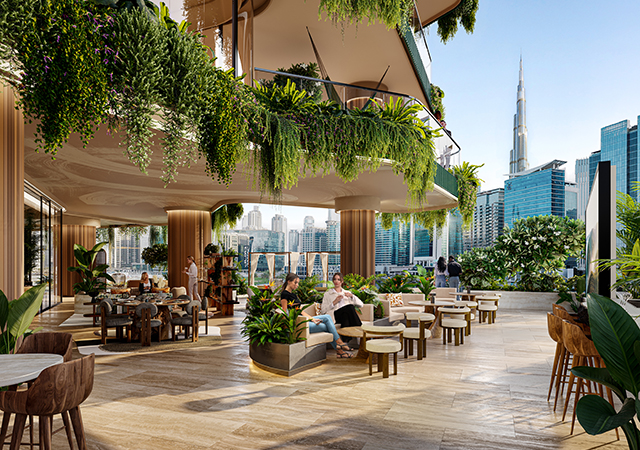
.jpg)



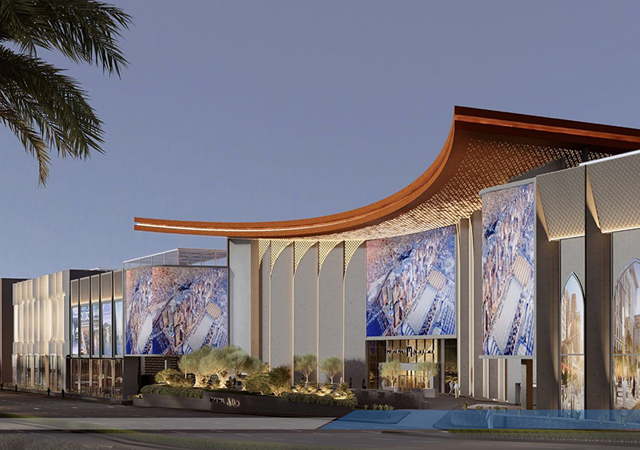
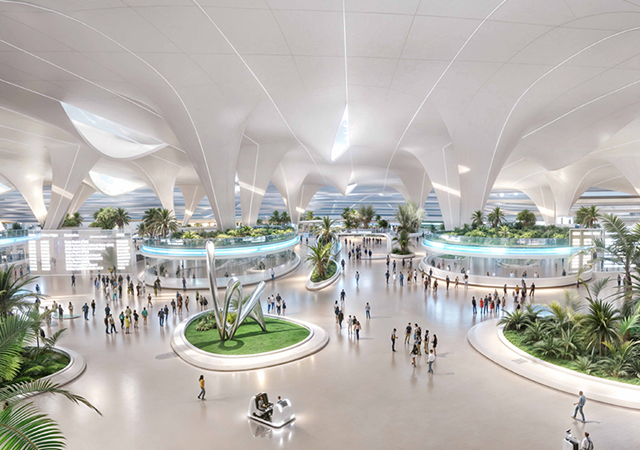
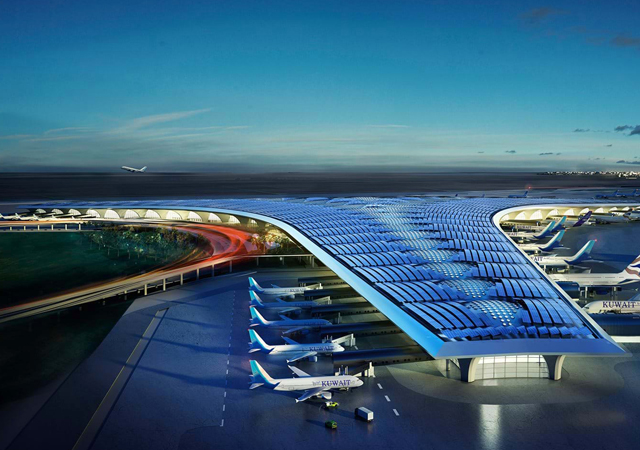
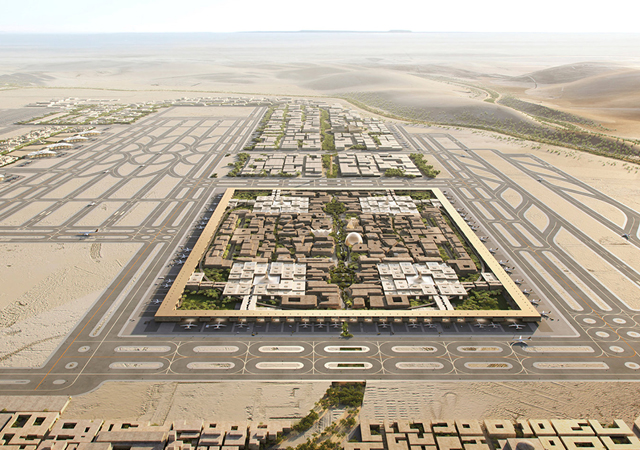
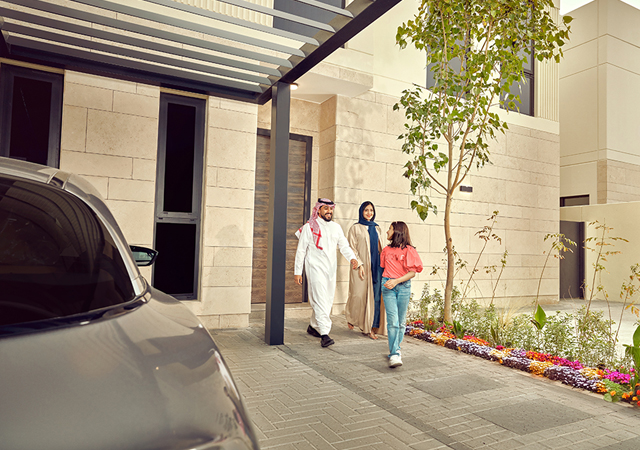
.jpg)
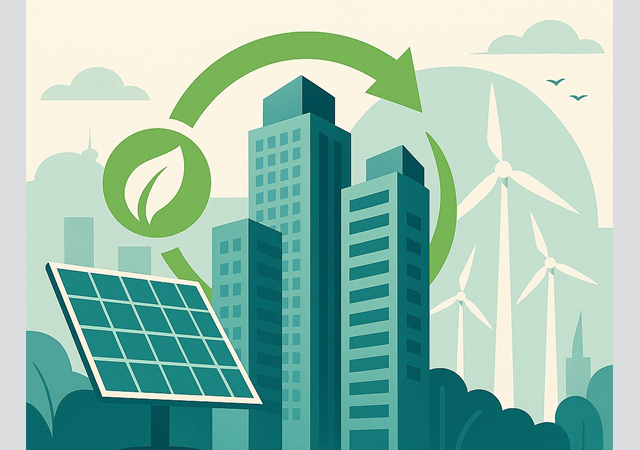
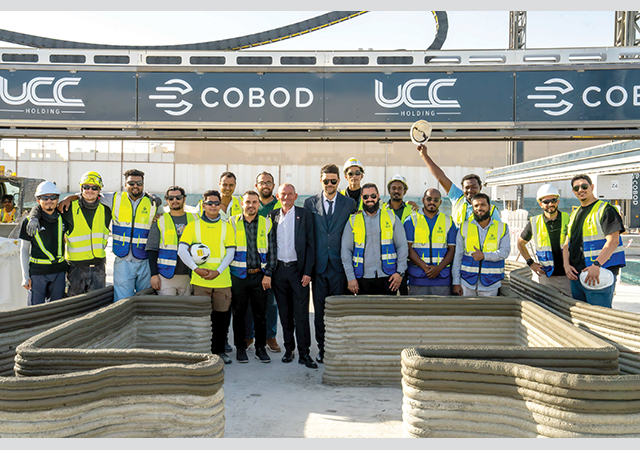
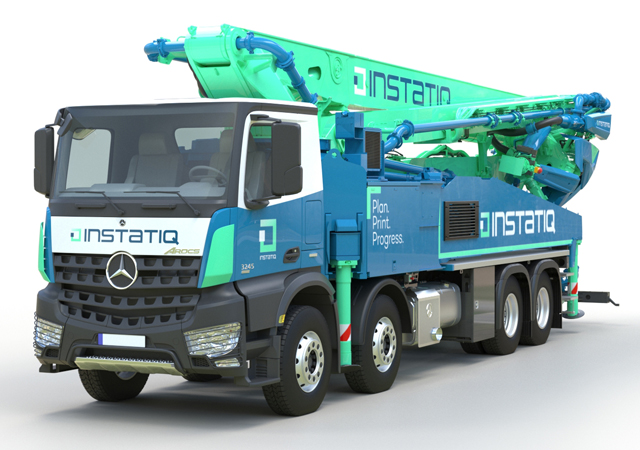
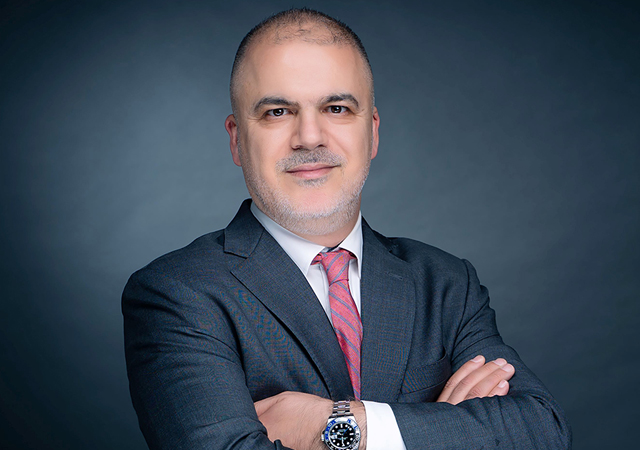
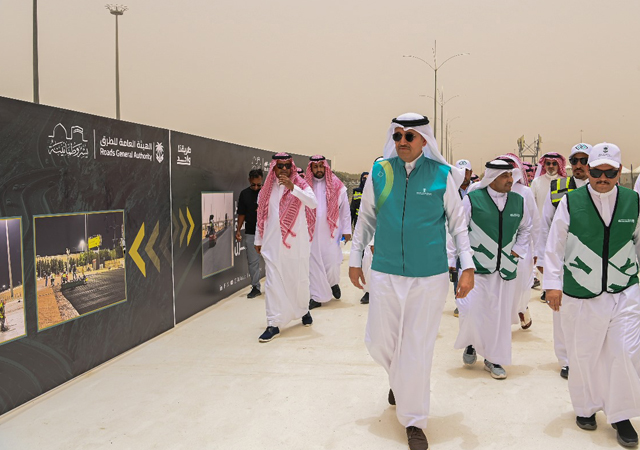
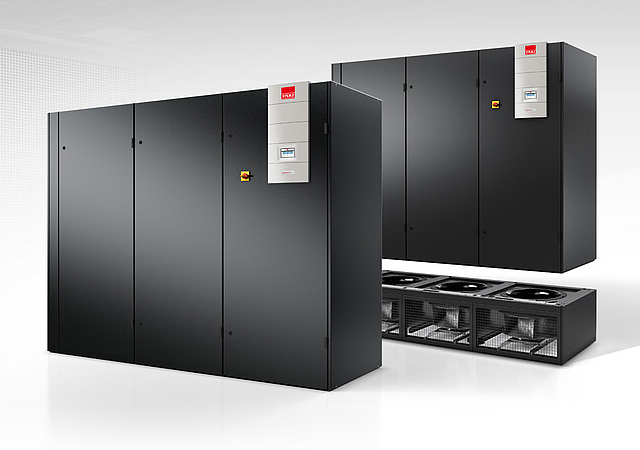
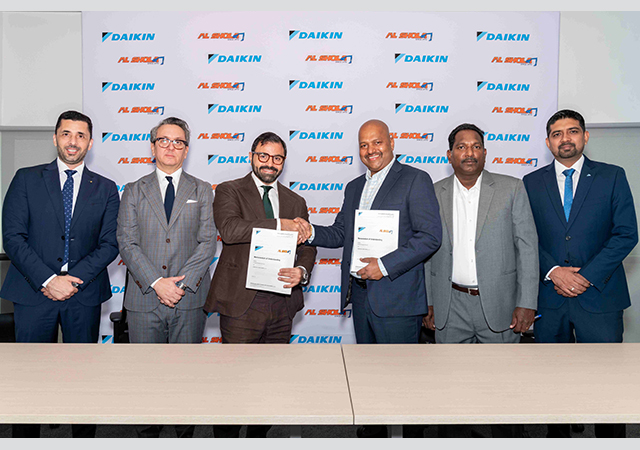

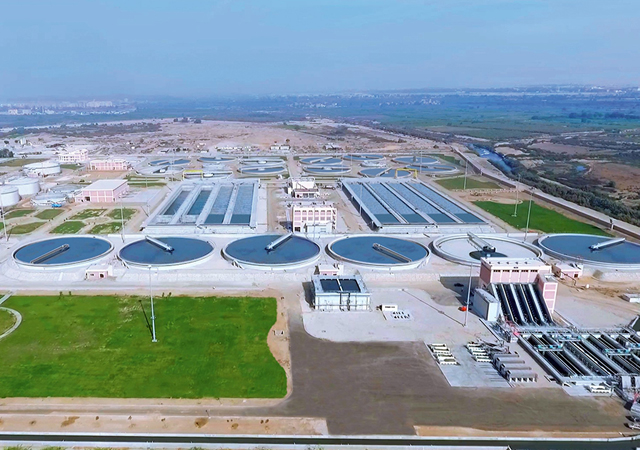
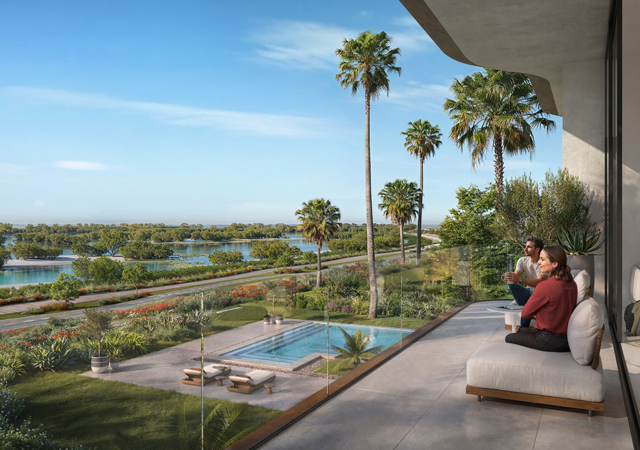
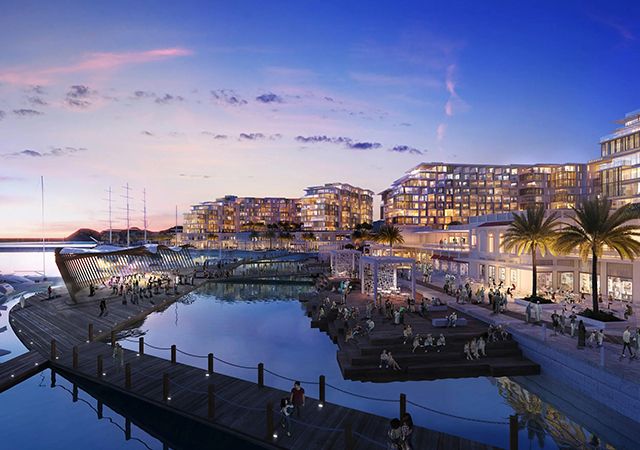

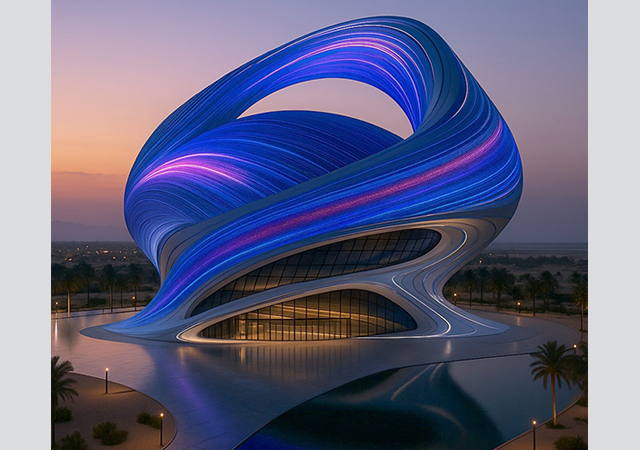
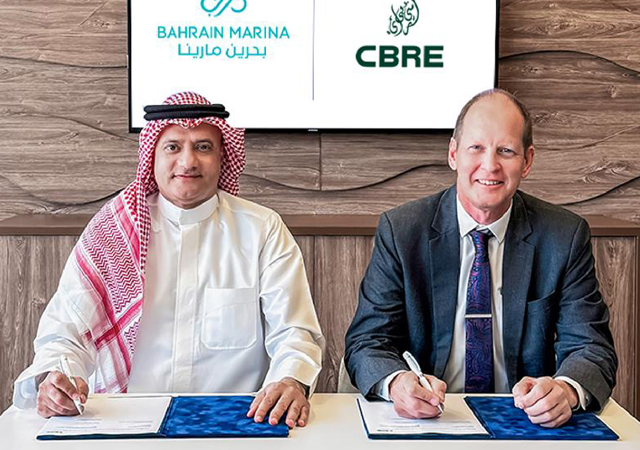
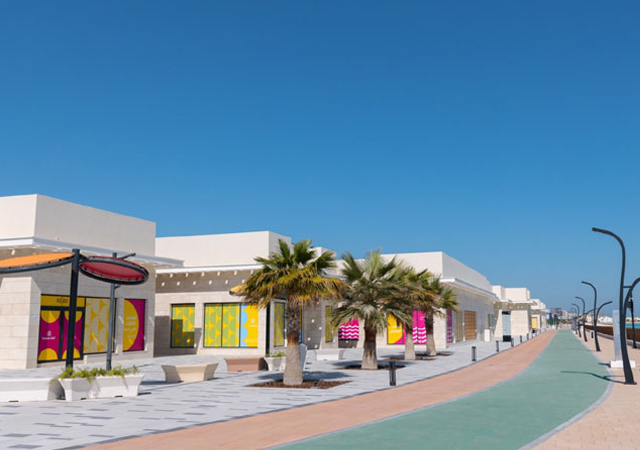
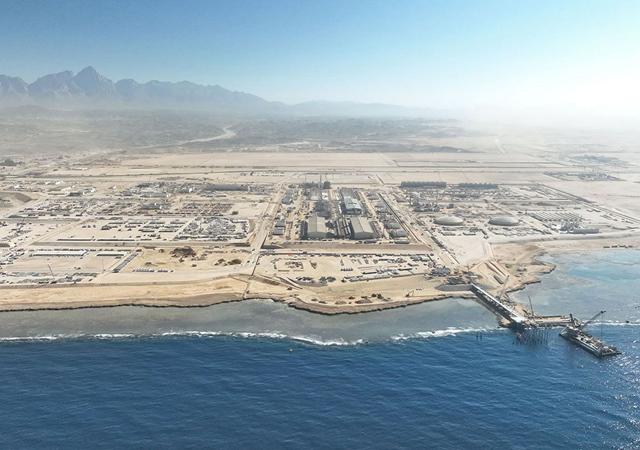
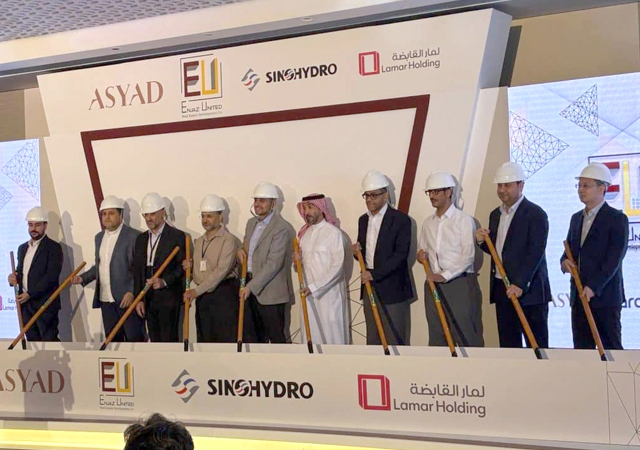
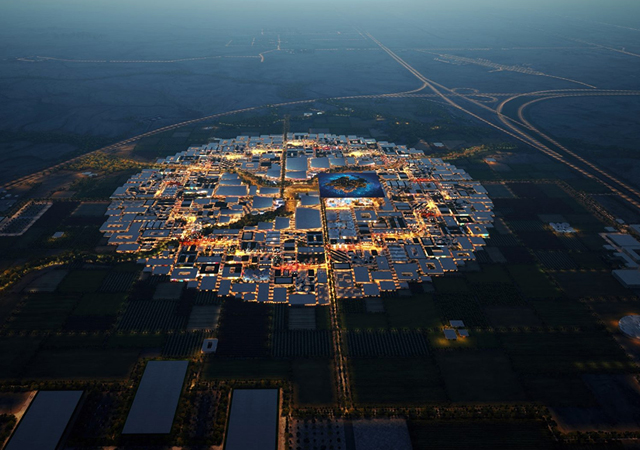
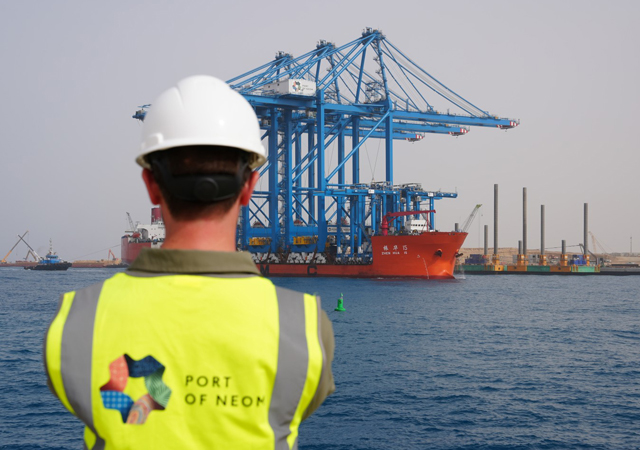
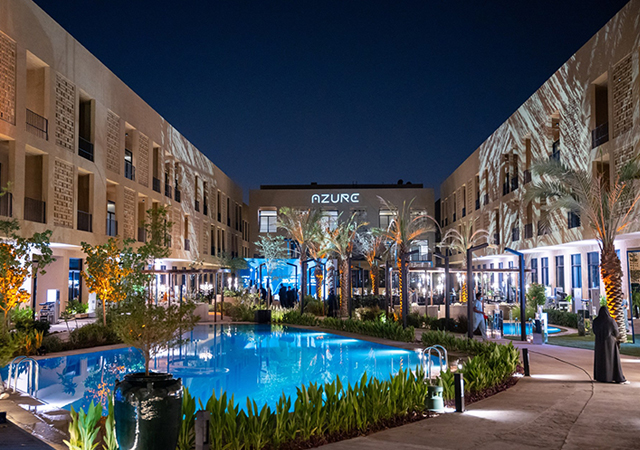
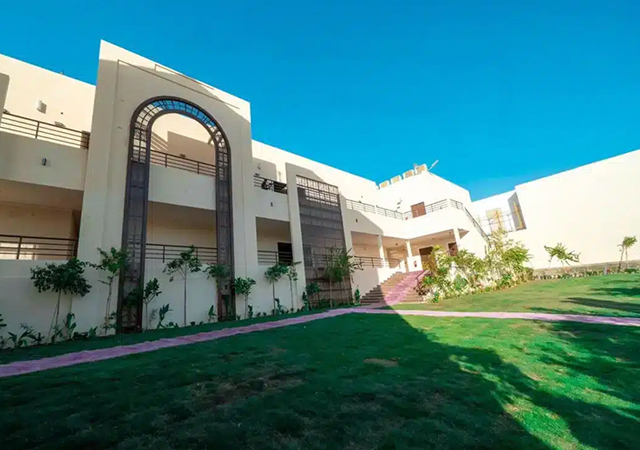

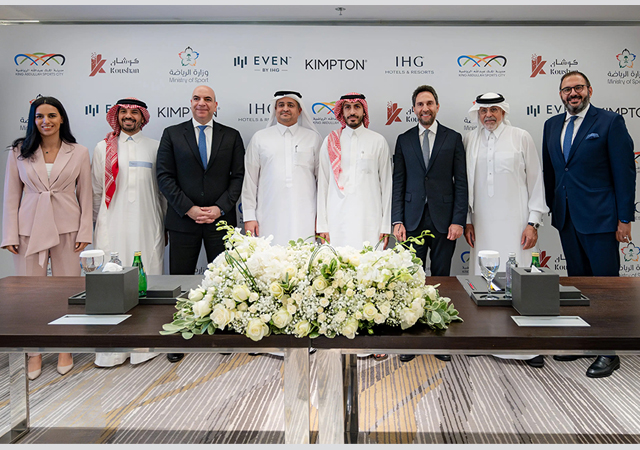
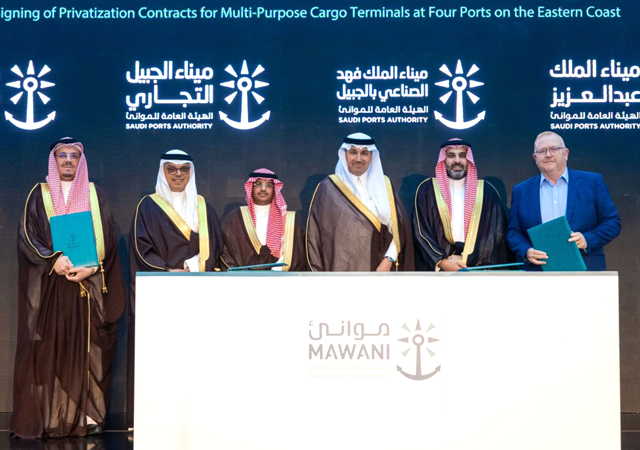
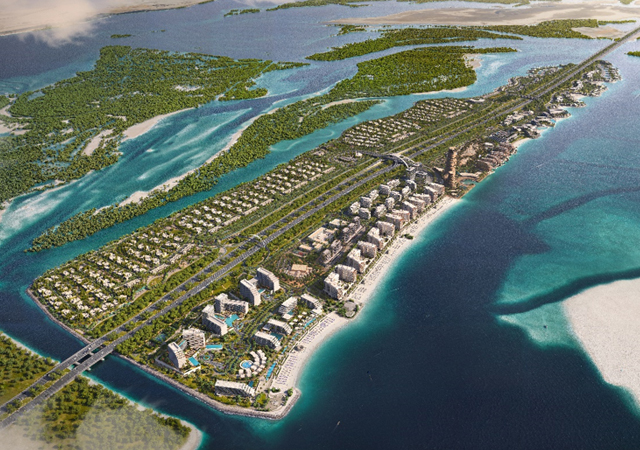
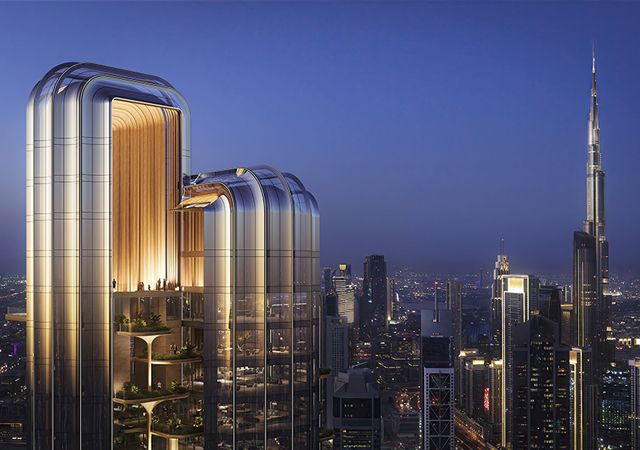
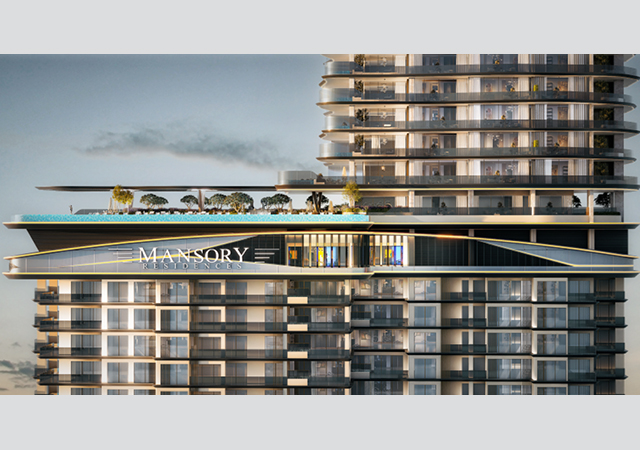
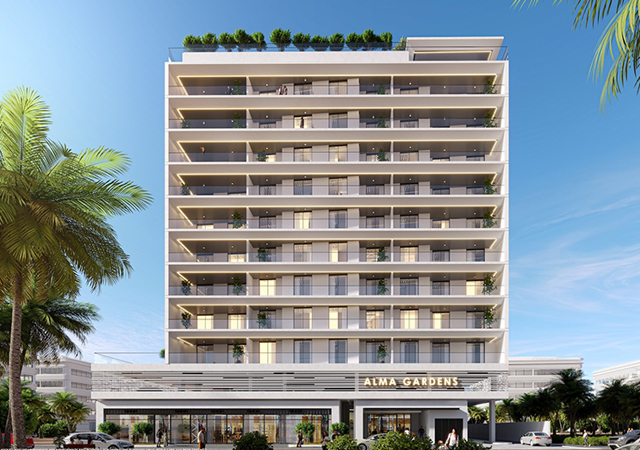

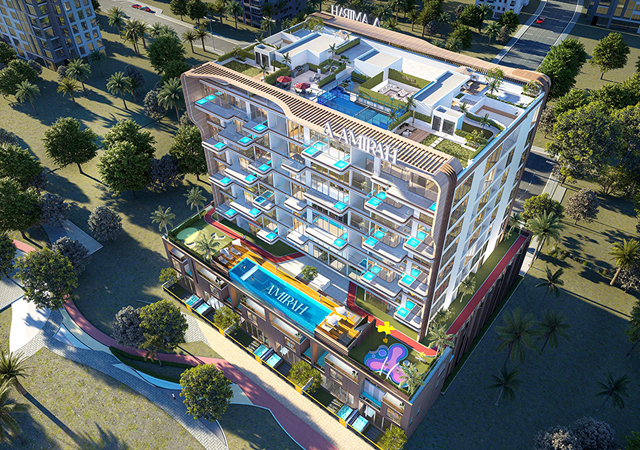
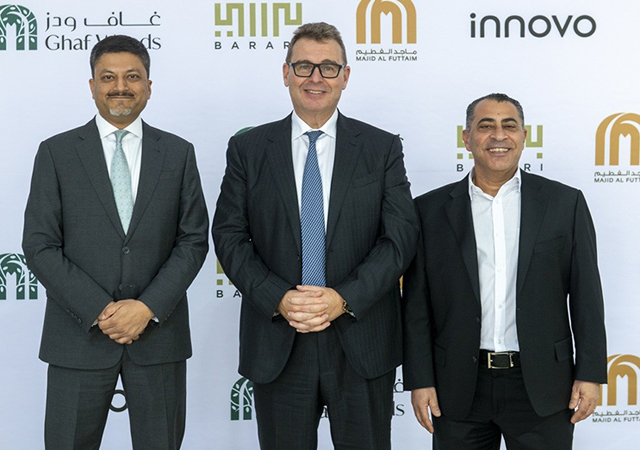
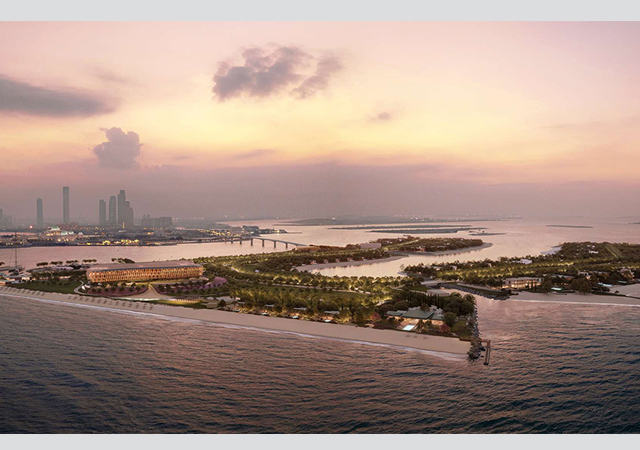
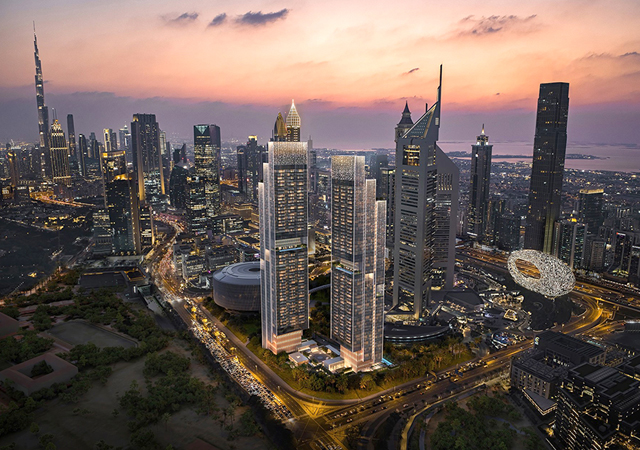
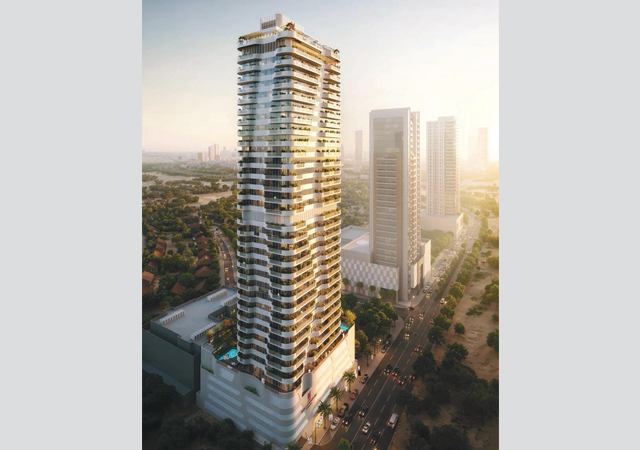
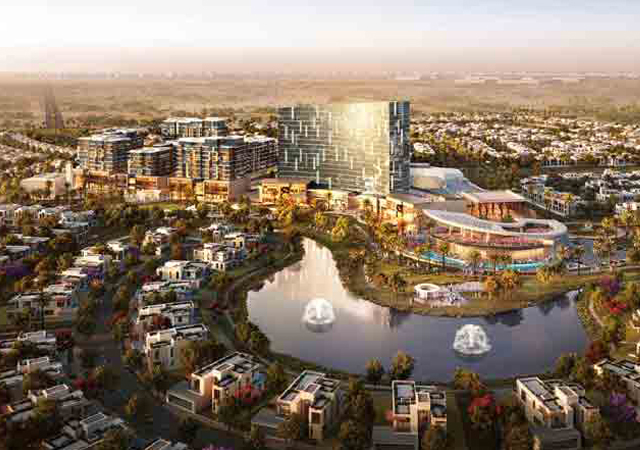
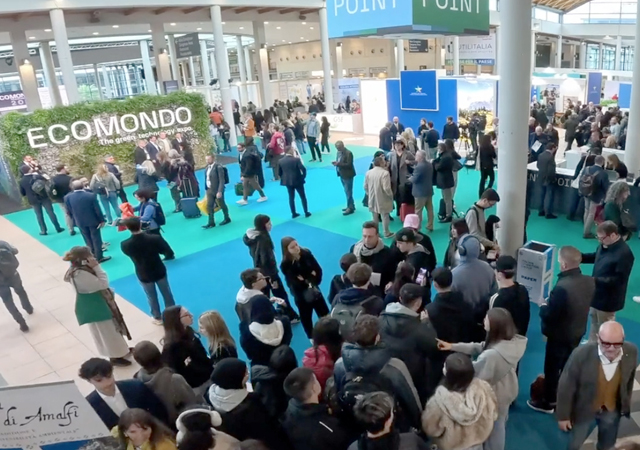
.jpg)







